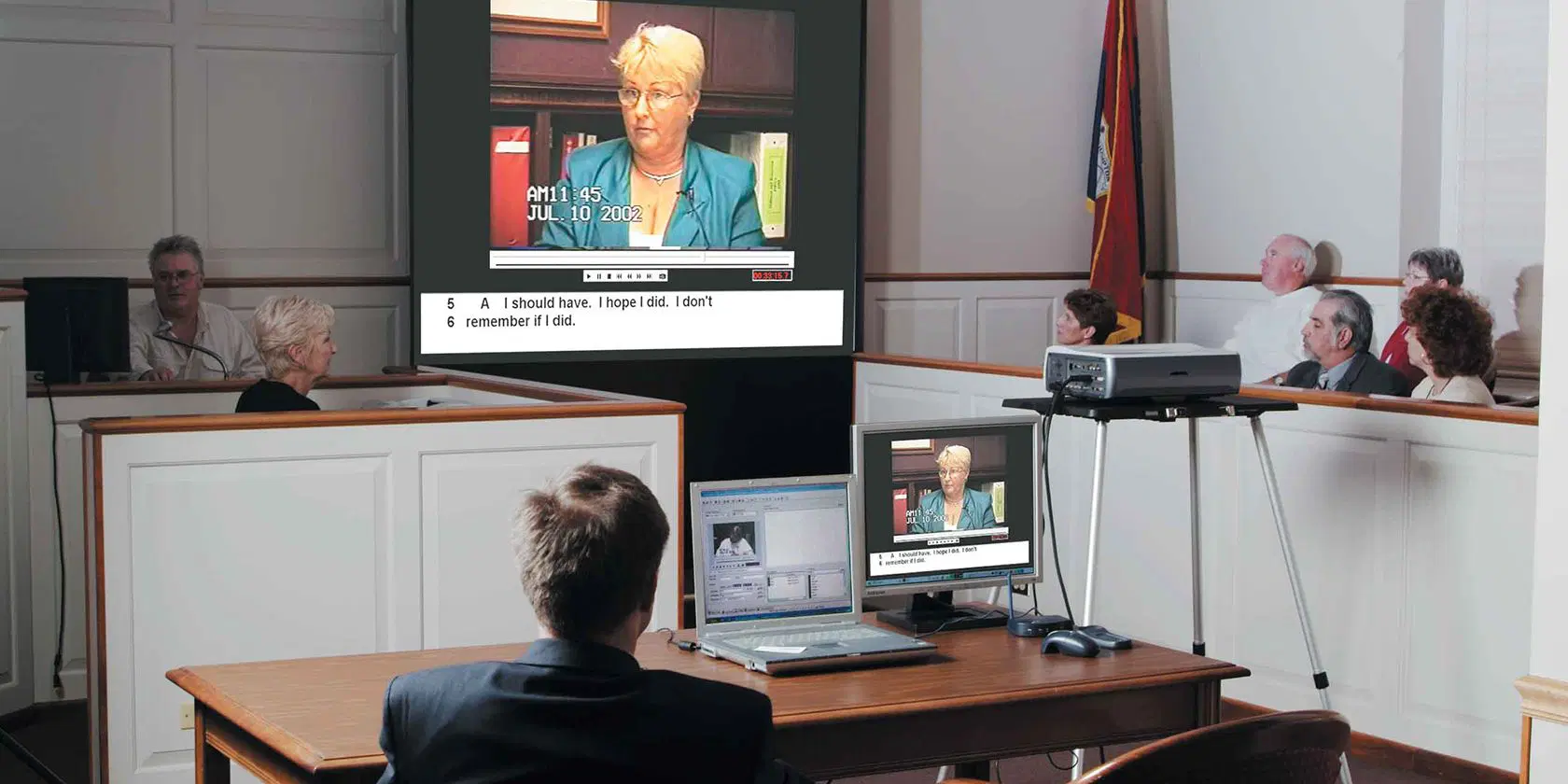Trial Presentation Reliable Services to Enhance Litigation and Case Success
Trial Presentation Reliable Services to Enhance Litigation and Case Success
Blog Article
Captivate the Court: Important Components of a Powerful Trial Presentation
In the realm of lawful advocacy, the ability to astound a court is vital to the result of a test (trial presentation). Necessary elements such as recognizing the audience, crafting an engaging narrative, and mastering verbal and non-verbal interaction are essential components of an efficient presentation. In addition, the calculated use visual aids can dramatically enhance understanding and retention of key arguments. As these aspects intertwine, they create a natural method that not just notifies but additionally engages jurors on multiple degrees. What certain techniques can truly change a basic presentation right into a memorable experience for the jury?

Understanding Your Target Market
Understanding your target market is a critical element of reliable test presentation. An effective presentation pivots on the capacity to realize the demographics, worths, and tendencies of jurors. This understanding educates how disagreements are framed, evidence is provided, and sob stories are crafted, ensuring that the message reverberates with the jurors on a personal level.
Study indicates that jurors come from diverse histories and may have varying degrees of understanding relating to legal proceedings. Furthermore, comprehending the jurors' potential predispositions and life experiences permits the trial presenter to anticipate objections and address concerns proactively.
Effective trial presentation also entails observing jurors' responses during the procedures. Involving with jurors as people rather than a cumulative unit is essential in promoting a solid connection in the courtroom.

Crafting a Compelling Story
Crafting an engaging story is important in assisting jurors with the intricacies of an instance. A well-structured story not only streamlines detailed lawful principles yet additionally engages jurors on a psychological degree, making the information more relatable and remarkable.
This message ought to reverberate with the jurors' values and experiences, fostering a connection that transcends mere truths. This sequential method can assist jurors adhere to the progression of events, emphasizing reason and result.
Including human aspects-- such as individual tales or narratives-- can even more enhance the story's influence. These components evoke compassion, permitting jurors to visualize the effects of the instance on genuine lives. In addition, utilizing a constant motif throughout the presentation reinforces the major argument, making it simpler for jurors to preserve crucial points.
Eventually, an engaging story changes a test discussion from a plain recounting of facts into a persuasive story that astounds the jury, urging them to deliberate with both reason and feeling.
Using Visual Aids
Integrating aesthetic aids into a trial presentation can significantly improve jurors' comprehension and retention of information. Aesthetic products such as graphes, representations, photographs, and video clips can transform complicated lawful concepts and proof right into quickly digestible styles. By involving numerous senses, these help allow jurors to visualize the case's vital aspects, making it much easier for them to comply with along and comprehend detailed information.
Moreover, well-designed aesthetic aids can stress important points and emphasize relationships in between various pieces of proof. Timelines can properly illustrate the sequence of events, while annotated images can make clear particular information pertinent to the situation. This not only aids in understanding but likewise strengthens the narrative presented by the attorney.
Extremely complicated or chaotic visuals may overwhelm jurors and detract from the message. Eventually, effective aesthetic interaction can be an effective tool in encouraging jurors and assisting them reach informed conclusions.
Understanding Verbal Interaction
Efficient spoken communication is vital in a trial discussion, as it functions as the key methods whereby lawyers useful reference share their debates and get in touch with jurors. Grasping this skill involves clarity, persuasion, and interaction. Attorneys must express their points plainly and concisely, preventing legal jargon that may puzzle jurors. Simpleness in language cultivates understanding and helps jurors understand complicated issues provided during the test.
In addition, tone and pacing considerably effect how messages are obtained. A certain tone communicates authority, while proper pacing enables jurors to take in info without feeling bewildered. Attorneys need to likewise differ their singing inflections to stress bottom lines and keep jurors' passion throughout the presentation.
Furthermore, the company of verbal disagreements is necessary. Structuring the narrative logically and coherently assists jurors follow the lawyer's logic, making it easier for them to keep essential information. Using persuasive methods, such as storytelling, can also improve the psychological vibration of the disagreements offered, consequently creating a much more profound connection with jurors.
Eventually, mastering spoken interaction not only reinforces a lawyer's case yet additionally fosters trust fund and connection with the jury, significantly improving the possibilities of a positive verdict.

Engaging With Body Movement
Nonverbal communication plays an essential role in trial presentations, usually communicating messages that words alone can not express. Body movement, encompassing gestures, stance, faces, and eye get in touch with, considerably affects how jurors view the integrity and genuineness of the speaker. A confident stance, with shoulders back and an open stance, can infuse count on, while closed-off body language might recommend defensiveness or uncertainty.

Face expressions should show the emotions related to the instance, enhancing the story being presented. For instance, a sincere expression during an emotional minute can elicit empathy and strengthen the psychological appeal. Inevitably, understanding body movement is important for effective test presentations, as Discover More it enhances verbal interaction and click resources establishes an engaging presence that resonates with the jury.
Final Thought
Finally, captivating the jury demands a critical approach that includes understanding the audience, crafting an engaging narrative, using aesthetic aids, grasping verbal communication, and engaging with body movement. Each element plays a critical role in developing an effective test presentation that reverberates with jurors on both emotional and intellectual levels (trial presentation). By integrating these elements properly, lawyers can significantly improve their capability to persuade and influence court decision-making
Report this page